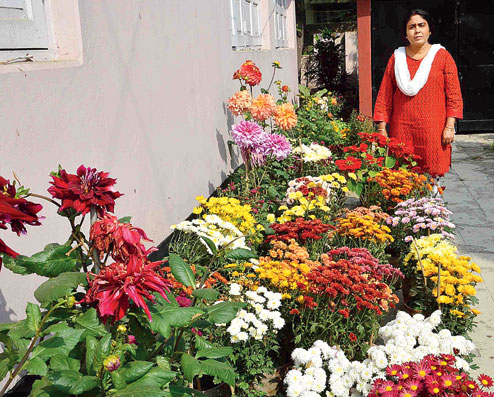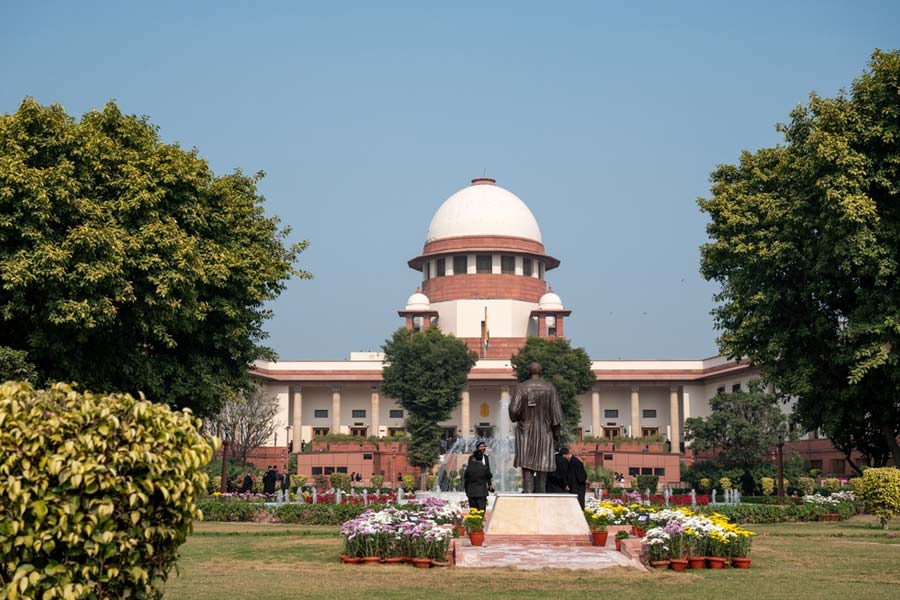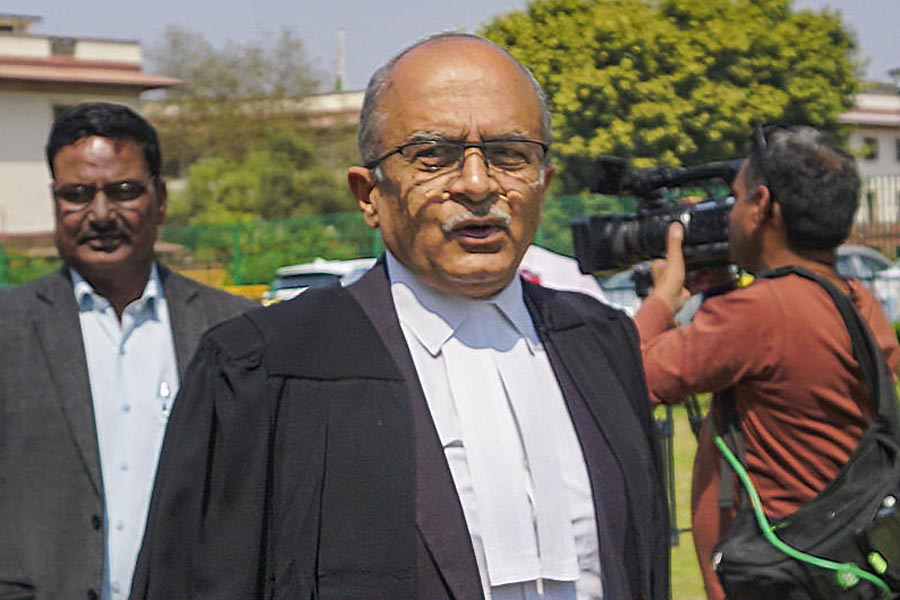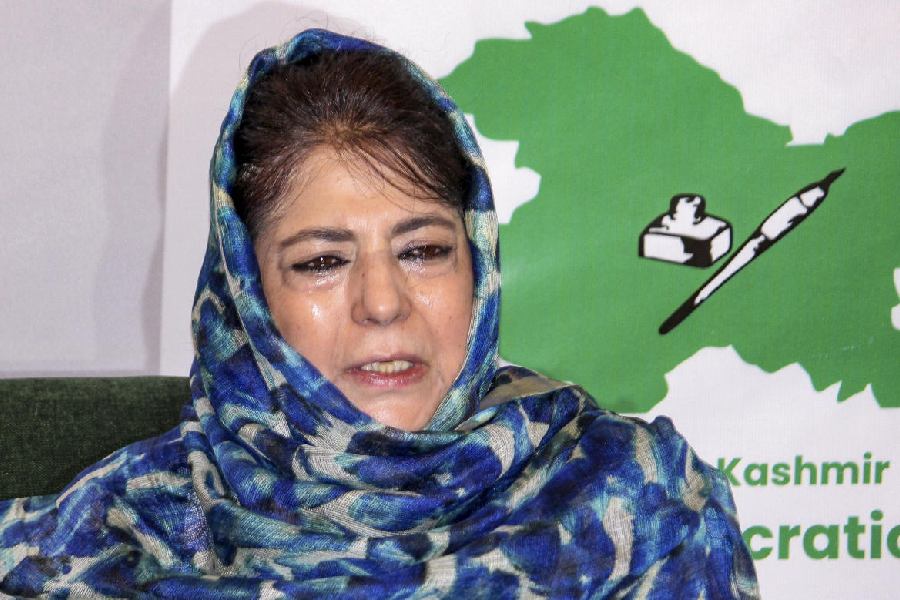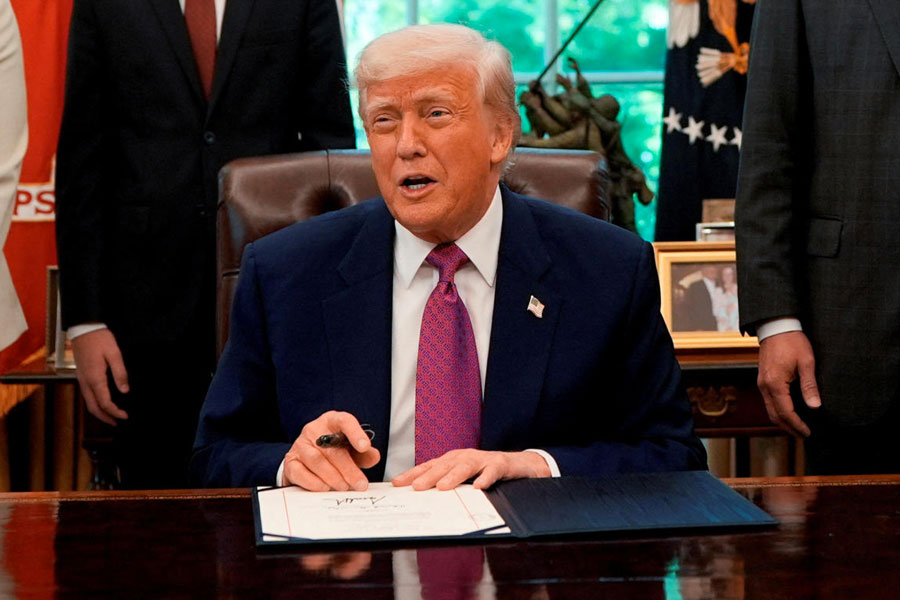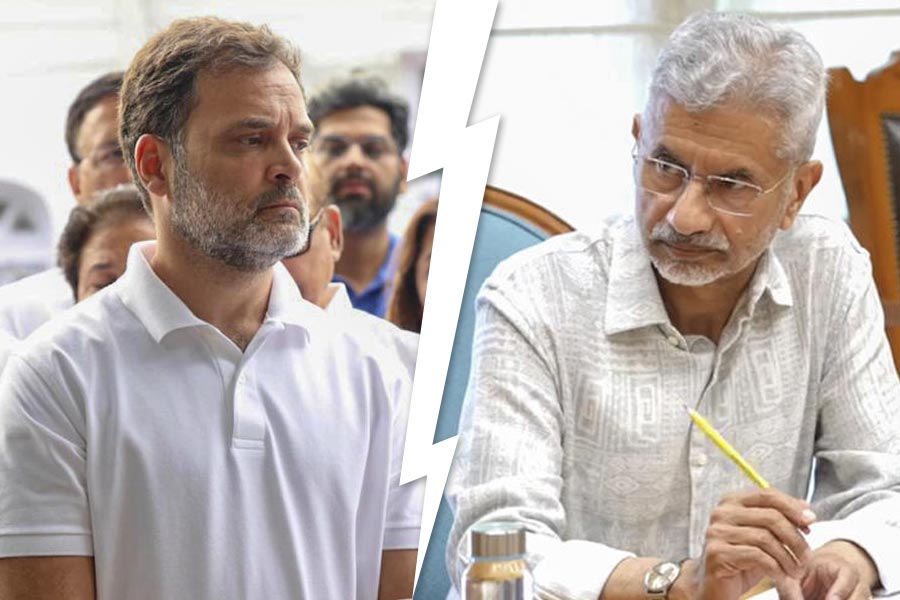
Pleased with the photograph of himself clicked by the t2 photographer, the new executive chef of JW Marriott — Alok Anand — said with a grin, “I hope you won’t publish my contact number with my photo; my wife may not like all the calls!”
A chef with a sense of humour is like a plate of chowmein; some jokes are short, others are long and some are lopsided but they will all make you lean forward for more.
In his career spanning 23 years, Anand has worked with all the major Indian hotel groups from Oberoi to Taj and now Marriott. t2 caught up with the man who, like a true-blue hospitality professional, says that he got married in 1999 “on my off-day”.

Chef, we hear you got married on your off-day?
It was 1999. There were no mobile phones. I had been dating Anjali for eight years. I called her home in Bangalore from a PCO in Mumbai and her sister told me it was over. So I took a flight the next morning and knocked on her door. Her brother, who opened the door, asked me when I was ready to marry her. I thought for a second and then said, ‘Today! It’s my off-day and I need to return to work’. We got married in the afternoon.
You’ve worked in more than nine hotels in 23 years. What made you say yes to Calcutta?
I have worked in the north (Delhi), west (Mumbai) and south (Chennai) of India so I wanted to add east to my experience. I have worked with Marriott also in the past so I had an understanding of the brand.
In the three months that you’ve been here, why do you think JW Marriott, Calcutta, is a success?
It’s been successful because it’s been positioned very well. The product and the people are what matter. The service, food and relationship with guests are what have made JW Marriott, Calcutta, the success that it is. The brand also carries its weight.
What’s your favourite spot in this hotel?
JW Kitchen. I like to observe people and here it’s always abuzz with so much activity. Being in hotels it is so nice to meet and interact with people from different cultures and walks of life... it’s a great learning.
Do you have plans to do anything differently at JW Kitchen and Vintage Asia?
At JW Kitchen, I noticed that there were more Western desserts and fewer Indian sweets so we have increased the latter in the buffet. Owing to our clientele, we have also introduced more eggless desserts like eggless waffles and pancakes for breakfast, some fresh-fruit jams, multi-grain idli and paratha and gluten-free bread.
At Vintage Asia, we are working on a few new things though the current menu is very popular, with the top three bestsellers being Crystal Dumplings, Truffle Edamame Dim sum and my personal favourite Pork Belly.
The banquets offer different kinds of cuisines like Asian and Mexican so that it’s not just Indian curries for social events. The challenge with Asian food is that you can’t make it and keep it on the buffet, so it’s represented best by an Asian station with live counters, and made as per the guest’s liking, with less spice or more soya. A lot of high-teas, mostly at wedding functions, demand Mexican cuisine like burritos, nachos, quesadillas and salsas.
What’s in demand in Calcutta today?
In this market, people are a little crazy about exotic vegetables like white asparagus and different mushrooms like cep, shiitake and oyster.
What’s the average spend at both the outlets?
The buffet rates at JW Kitchen have gone up marginally –— breakfast is Rs 750, lunch is Rs 950 and dinner is Rs 1,075, plus taxes. Sunday brunch is Rs 1,300 (plus taxes) with unlimited sangria/ beer/ soft beverage. At Vintage Asia, the spend per head is around Rs 1,500 plus taxes.
When you arrived, were you surprised that there was a waiting list to eat here?
When Lotus Cafe opened in JW Marriott, Juhu, in 2003, there was a similar craze.
Where have you eaten out in Calcutta?
I parked my car in a corner and walked down Russell Street where I had everything from the famous chaats to masala chips to ghoogni. Then, I’ve tried milk-based sweets and mishti doi, of course. Bengali food like paturi, fish curry and kosha mangsho. And who cannot have the biryani… with the potato!
Who do you know from the industry in the city?
I know Taj Bengal’s executive chef Sonu Koithara, who was in Jodhpur earlier. As well as The Oberoi Grand’s Saurav Banerjee — when I was at The Oberoi Udaivilas in 2002, he used to be at Trident, Udaipur. Being in the industry for so many years, I also know executive chef Vijay Malhotra from ITC Sonar.
First job: Taj President, Mumbai,1994.
A cooking tip: When you make Indian curries, put the garlic first into the oil and then the onions, because onions have water and the garlic-y smell won’t stay.
A summer tip: All vegetables high in water content are good for summer, like cucumber, lettuce, zucchini.
Best meal: On the streets of Madurai, we stopped for tea at a stall. This guy had a ladle kept on the flame and he put an egg, beaten with onions, tomatoes and chillis, into the ladle so that it became like a dumpling. While it was cooking, he made a gravy and then flipped in the omelette so it became like an omelette curry. We put this on the Southern Spice menu and called it a Karandi Omelette Curry (karandi means ladle in Tamil).
Someone you learnt a lot about food from: Venu Srinivasan’s [TVS Motor Company] mother Prema Srinivasan (in picture) is like a food encyclopaedia. She is a pure vegetarian. The first time I visited her home, she gave me a platter of melons and each piece was so perfectly cut that one wouldn’t find that in a Michelin-starred restaurant also! It looked like it had been cut with a roller, with a thin strip of ginger on top and honey from Jawadhu Hills, in Kerala. For a family function, she wanted a bajre ki khichdi with imrana, a thin chutney made from tamarind. From this recipe to the tamarind rice recipe, we picked it all up for Southern Spice.
What don’t you like: Fusion food.
Text: Karo Christine Kumar
Picture of chef: B. Halder

